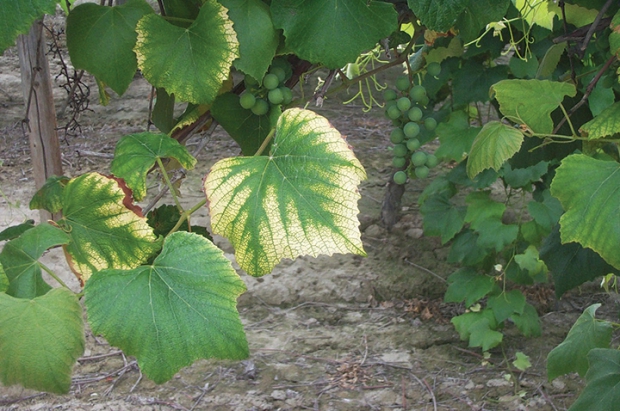
An example of yellowed leave from chlorosis in a Yakima Valley juice grape vineyard. The condition is believed to be related to high alkaline soil pH and reduced micronutrient availability and uptake in spring. (Courtesy Washington State University)
Chlorosis in Concord juice grapes is one of those disorders that researchers could spend years studying and still not have all the answers. Washington State University’s Dr. Joan Davenport has done just that and is still looking for cost-effective treatments.
Chlorosis is a common ailment of Concord grapes grown in eastern Washington. Symptoms are yellowing of leaves, sometimes occurring as early as June. Chlorosis can be lime-induced or stem from the plant’s reduced ability to uptake iron. It’s not unique to Concords and can occur in tree fruit as well.
“By the time you see the symptoms, the damage is already done.”
—Dr. Joan Davenport
In Concords, chlorosis results from the combination of alkaline (high pH) soil in eastern Washington and reduced micronutrient availability and uptake in the spring. Soils in the eastern United States, where the Concord variety originated, are naturally acidic and have a low pH.
Past WSU research has shown that symptoms can be exacerbated when soils are heavily irrigated early in the growing season.
“By the time you see the symptoms, the damage is already done,” said Davenport, a WSU soil scientist based in Prosser. “Is it from soil pH, free lime, or calcium carbonate in the soil? We haven’t distinctly correlated soil pH and lime, but we think they both play a role.”
She’s found that the problem worsens in years with cool, wet springs. Also, it is somewhat stationary within a vineyard. “Once you have it in place in a vineyard, you seem to get it year after year,” Davenport said. “It seems to shrink and expand in a vineyard zone once it’s there—in a bad year, you’ll have a lot of yellowed vines, but in a good year, only a few.”
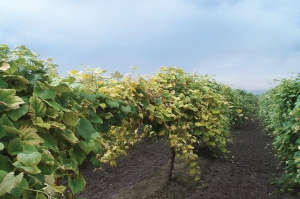
An example of chlorosis in a Yakima Valley juice grape vineyard. The condition is believed to be related to high alkaline soil pH and reduced micronutrient availability and uptake in spring. (Courtesy Washington State University)
When there are just a few yellowed vines within a vineyard, the healthy vines seem to compensate for the yellowed ones. But she’s also seen total collapse of vines in some vineyards.
The last five years, Davenport has studied the use of iron chelating agents and soil biostimulants as a way to alleviate chlorosis symptoms. Iron chelates are forms of mineral elements that increase availability of iron to the plants. She has tested FeEDDHA, which is stable and soluble across a broad range of soil pH.
In the first two years, she made a total of three chelate applications in May, June, and July, applying four rates that varied from 16 to 64 pounds per acre. She found no differences in yield between the treatments, but did find a reduction in chlorosis from the 48- and 64-pound treatments in the first two years.
The third year, she tried rates of up to 128 pounds per acre but found that higher rates didn’t work any better than the 64-pound treatment.
“Sixty-four pounds is actually a lot for a micronutrient,” she said, adding that FeEDDHA is expensive at $4,000 to $6,000 per ton. “It’d be nice if Concord prices could support such a use.”
Spot treatment may be a way to make FeEDDHA treatments more affordable, but thus far, she’s been unable to map vineyards in a cost-effective way. Known hot spots can be identified with GPS, but there’s no guarantee past chlorosis will show up in the same vine. Aerial imaging can’t identify chlorosis vines early enough in the season to treat them.
Davenport also studied several types of biostimulants (compounds such as organic acids, protein, or enzymes) designed to enhance micronutrient availability in the soil.
“The first year looked promising, but not the second year,” she said. “Biostimulants weren’t cutting it at the rates we tested.”
Recommendations
Where chlorosis is severe, she recommends split applications of FeEDDHA with one application of 32 pounds per acre in spring and one at bloom. The chelated iron is a liquid and should be sprayed in a band under the canopy row. Because of the cost of material, she suggests spot treatment, spraying areas with past problems. Annual applications are needed.
Through the years, Davenport has looked at soil texture, soil depth, leaf micronutrients, and other factors. “Everything I see says that we have a root problem and we’re not getting iron to the vine at the right time.”
She believes that rootstocks could play a role in solving the problem. Chlorosis is not an issue in Concords grown on the East Coast where they are on 3309 Coudrec rootstock. Growers in eastern Washington use own-rooted Concord, but there may be a rootstock that could do a better job, she said. “Could we graft on a different rootstock? It’s never been tested, but is something that could be explored in the future.”
Davenport presented her findings at the Washington State Grape Society annual meeting last year. The Washington State Concord Grape Research Council is funding her most recent research. Her past work was funded by the Northwest Center for Small Fruits Research. •



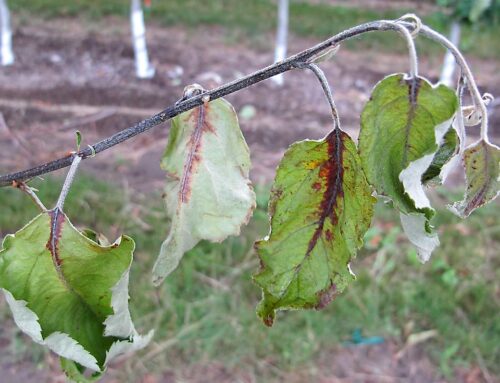
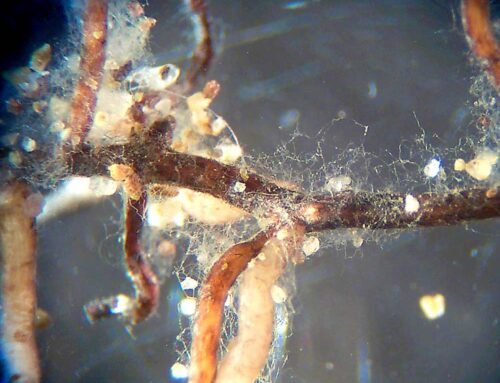
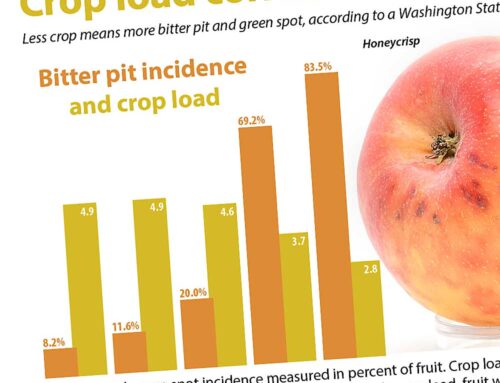
Leave A Comment